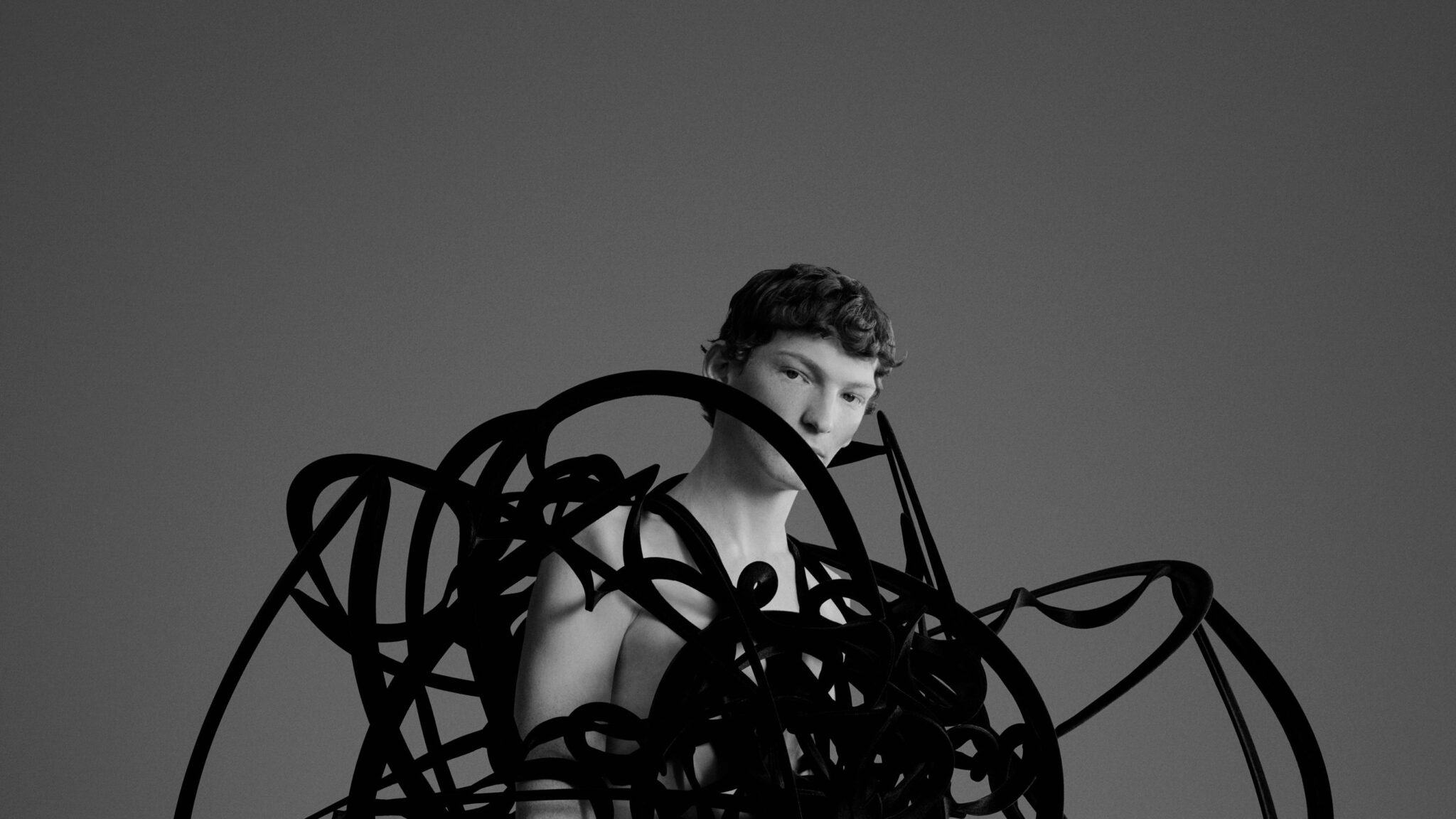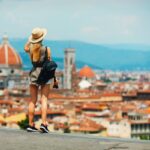Like staring at the clouds, or staring at the inkblots of a Rorschach test, the great thing about Ryunosuke Okazaki’s work is that it can look like almost anything. Is that a butterfly? A kabuki mask? The face of a frog? Nothing is planned or intended; everything is open to interpretation. “There’s a strange feeling that comes with seeing something that doesn’t seem like a dress at first, but it is a dress,” the designer said from a large showroom in Tokyo, as he walked past mannequins dressed in his latest creations. .
Now with his fourth collection, called 003 (he started at 000), the 28-year-old designer continued his ongoing exploration of the concepts of prayer and peace this season, with a menagerie of dresses and headpieces that were his most complex yet . . Incorporating multiple colors into individual items for the first time, he also introduced light-catching velor into the mix, creating tangled shapes that shimmered with depth. “The velvet creates shadows, and it really awakened something in me, something cosmic or imaginary,” he said.
As always, Okazaki created his sculptures through automatism – an approach he arrived at after reading André Breton’s Surrealist Manifesto during the pandemic. Okazaki is the canal; his creations build themselves in a kind of mitosis. “I create my works very unconsciously, by hand. It feels like the cells are dividing and ultimately each piece has its own personality,” he said. “They take on a life of their own.”
Okazaki’s concerns stem from his childhood growing up in Hiroshima, and the shadow the atomic bomb cast on the city’s history. This is what initially drew Okazaki to Japan’s Jomon period (14,000–300 BCE), “a peaceful time when we prayed together for nature and agriculture.” This season he once again drew on the pottery of the period, which, with its flame-like decorations and round, humanoid shapes, looks as if it could belong to an alien civilization.
Although the updates were subtle, Okazaki was hungry for a challenge and traveled to London to work on the lookbook with stylist Robbie Spencer. It sparked a new sense of ambition: “I realized that I want to compete well in the fashion industry,” he said, adding that he plans to make more wearable clothes in the coming seasons and release them in Europe to see.
For now, Okazaki finances his work by selling his sculptures and tapestries to art collectors in Asia and beyond. A black dress from his 002 collection was purchased by the Metropolitan Museum of Art and will be displayed in the “Sleeping Beauties: Reawakening Fashion” exhibition opening this month in New York. Okazaki had not yet received any requests to dress anyone for the Met Gala red carpet this year, but it will only be a matter of time.





